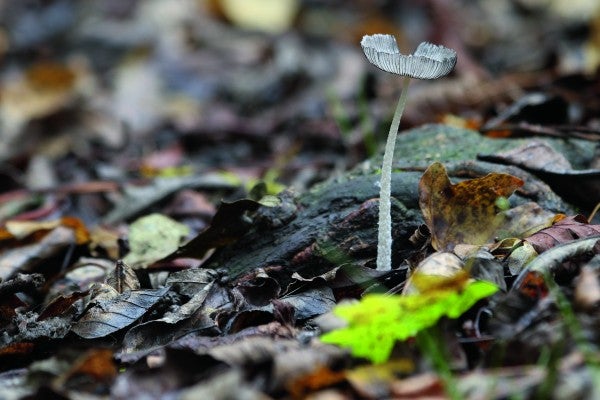Canon EOS 7D Mark II Review - The Canon EOS 7D Mark II is a DSLR five years in the making, but with a 10fps continuous shooting rate and 65 cross-type AF points it could well be the perfect camera for the enthusiast sports and wildlife photographer
Canon EOS 7D Mark II Review
Canon EOS 7D Mark II Review – Image Quality
Colour
During the testing process the Canon EOS 7D Mark II generally delivered a pleasing range of colours in its default JPEG colour setting. The colour palette on the whole was well saturated and offers a good level of contrast with a slight emphasis on the blues and slightly less on the reds.
Skin tones also appear wonderfully rich and evenly saturated, while in real world conditions images take on a pleasing vibrant finish.
Exposure
As mentioned previously, the Canon EOS 7D Mark II utilises the same 150k-pixel RGB and IR metering set-up as seen in the 70D, offering a range of different metering modes.
The evaluative metering mode is particularly notable, in that it is linked to the camera’s 65 AF points and as such can provide particularly accurate and area-specific results.
In both this mode and the various other settings, the 7D Mark II delivers even exposures with a good balance between shadow and highlight detail in a wide range of different lighting conditions.
Resolution
Despite only being an APS-C sized sensor, the 20.3MP count means that the 7D Mark II is capable of resolving a good amount of detail on our imaging charts at the base ISO of 100.
This level of detail is maintained up towards ISO 800, although beyond this level the resolution gradually decreases due to both noise and the in-camera noise reduction settings.
Performance is still reasonable enough through the higher settings, although at the two very highest levels of ISO 25,600 and 51,200 fine detail drops dramatically.
Noise
At the lower end of the ISO range, the Canon EOS 7D Mark II delivers pleasingly clean images with a good amount of detail. At ISO 1600 luminance noise starts to make an appearance, and at the next ISO of 3200 shadow detail starts to disappear.
When you start getting towards the higher ISO settings things really deteriorate, with most fine shadow detail lost all together thanks to noise reduction at ISO 12,800.
The two highest ISO settings of ISO 25,600 and 51,200 deliver some really poor results, and as such they’re best saved for real emergencies.





